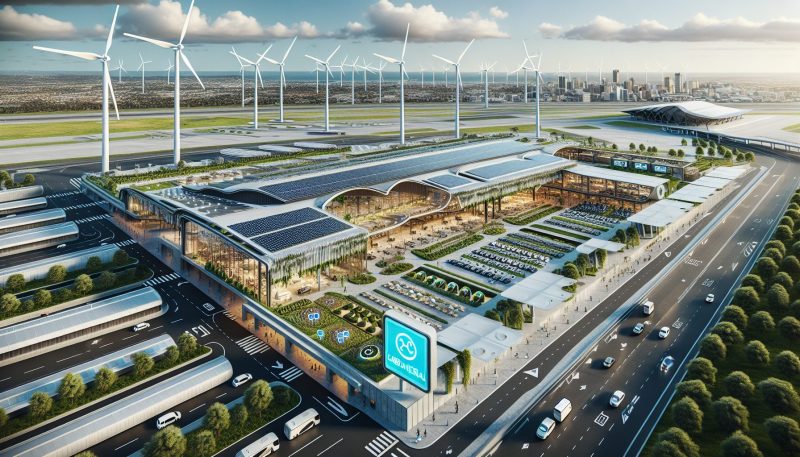Adelaide Airport reaches carbon neutrality
Adelaide Airport has become the first major airport in Australia to achieve carbon neutrality, officials announced.
The airport cut its emissions by close to 90% since 2018 through energy-efficiency upgrades, increased onsite renewable energy, and a power purchase agreement for 100% renewable electricity from a local wind farm.
To offset remaining Scope 1 emissions tied to gas and fuel use, the airport will purchase certified Australian Carbon Credit Units from a land regeneration project in South Australia’s Gawler Ranges. These offsets serve as an interim measure while the airport transitions from gas to electric terminal plant and replaces operational vehicles with hybrid or electric alternatives.
Managing Director Brenton Cox called it a proud achievement. “Our strategy has focused on reducing carbon intensity through more efficient alternatives, increasing onsite renewables, and supporting renewable projects in South Australia.”
He added that while Adelaide Airport met its Scope 1 and 2 reduction target ahead of schedule, it aims for net-zero emissions by 2050. “Development and use of sustainable aviation fuel is critical to achieving net zero,” Cox said. “We recently joined the South Australian Government, Zero Petroleum, and Qantas to assess a potential low-carbon sustainable aviation fuel production facility in Whyalla.”
Adelaide Airport is also installing more than 3,700 solar panels on its terminal roof, nearly tripling its onsite solar capacity. All of its electricity now comes from renewable sources, including on-site solar and the Lake Bonney wind farms in South Australia, officials said.










